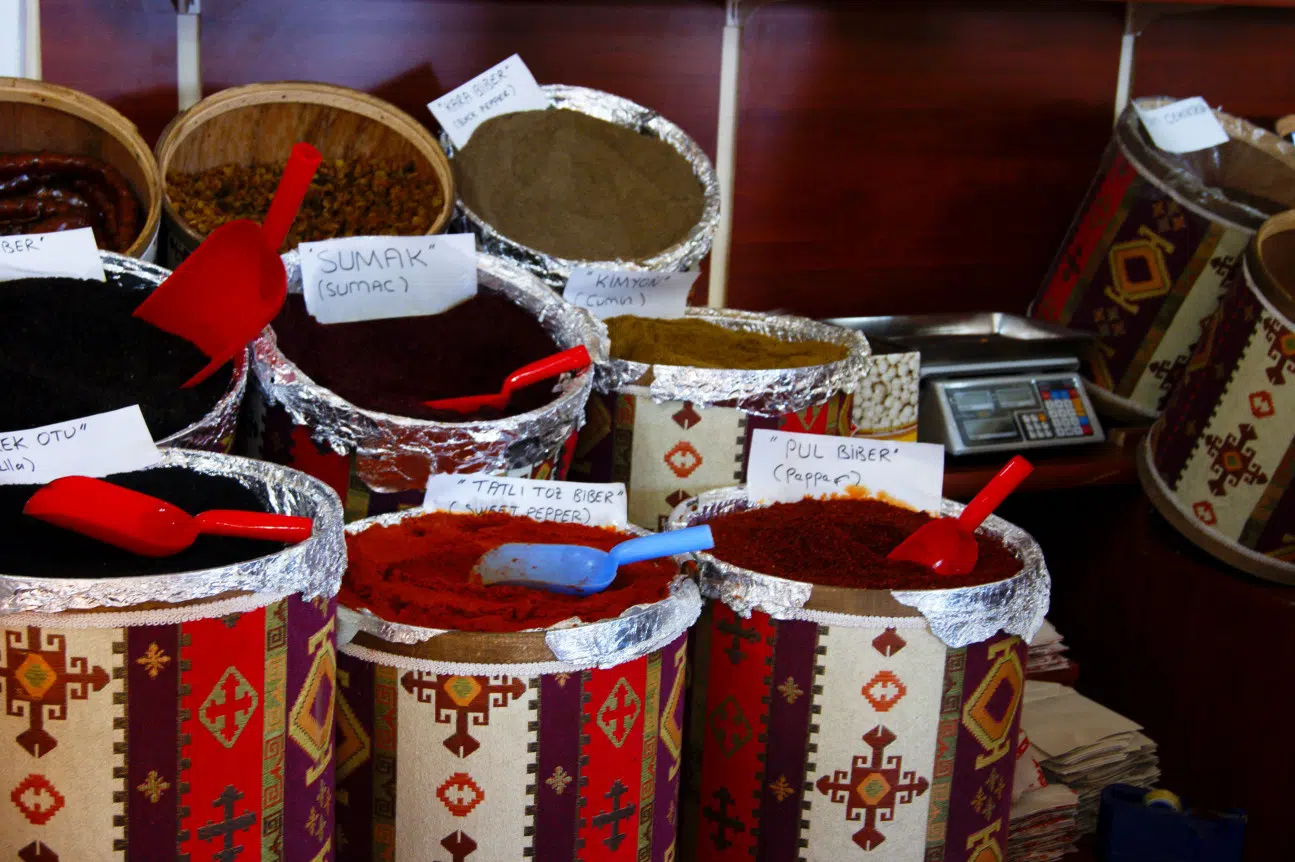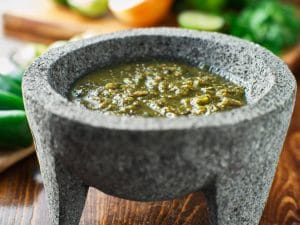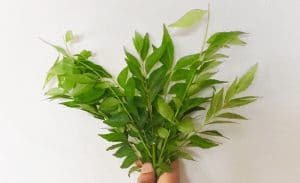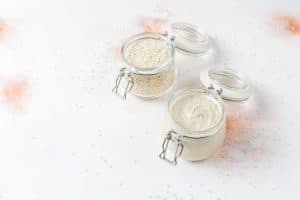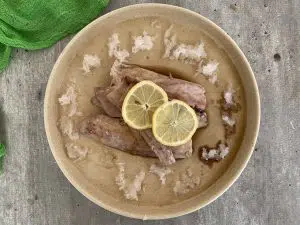Sumac Spice Substitute
Important Note: When you buy through our links, we may earn a commission. As an Amazon Associate we earn from qualifying purchases. Content, pricing, offers and availability are subject to change at any time - more info.
We love adding spices to our meals. After all, without proper seasoning, many dishes just don’t taste all that good. Regardless of the meal you’re making, spices help ensure that your dishes taste richer and more delicious.
Indeed, spices are an excellent way to enhance the flavor of a wide variety of dishes. Plus, the smell that spices emit makes most meals even more enjoyable. Many cuisines rely on spices, and there’s no end to the combinations you can use to bring your dishes to life.
Famous in Middle Eastern cuisines, sumac serves as a unique and popular spice that’s found in many of their recipes. As such, it’s likely that many of your recipes call for sumac spice from time to time.
But what happens when you can’t find or don’t have sumac on hand? Are there any alternatives that can help you out in a pinch?
Thankfully, there are a few that will get you out of a bind. So join us as we share the most suitable sumac spice substitutes.
What Is Sumac?
This ancient herb is derived from ruby red berries, which is a very coarse powder with a wine color. Although sumac isn’t a very well-known spice, it just happens to be incredibly useful in cooking. In fact, sumac spice is quite common in Iranian cuisines. So much so that to them, it’s akin to how we use pepper and salt.
What’s more, sumac is an extremely effective anti-inflammatory spice. Its health benefits can even aid in reducing the cause of heart disease and cancer. Taste-wise, sumac spice features a lemon-lime flavor, which of course goes well with many recipes.
The spice can also complement many different dishes — even enhancing them with its tangy, exotic flavor. If you use sumac in your meals, you won’t be disappointed. Sumac is an important spice in a wide variety of Middle Eastern dishes.
It works wonders in salads and salad dressings and is ideal for use in fried fish, hummus, rice, chips, or chickpea salad. And while it’s not a very common ingredient to use in cooking, you can always sprinkle some sumac on many meals to help enhance the taste.
But what if you do end up needing sumac spice for a recipe or dish, and you find that you don’t have any in the kitchen pantry? In situations like these, you need to know which substitutes work the best. Let’s check out our favorites below.
Best Sumac Spice Substitutes
Lemon Pepper Seasoning
This mixture is the closest to the flavor of sumac. It is made from dried lemon peel and includes black pepper. Lemon pepper seasoning is readily available in most stores, and it’s a breeze to add to your recipes.
These flavors complement one other really well and are an excellent substitute for sumac spice. Add a little bit of salt to give your dish an extra kick.
This combination of lemon and pepper is very suitable for roasting poultry and can also be used as a condiment for making seafood. In order to make the perfect substitute, use half of the required amount in the lacquer formula.
Lemon Zest
Lemon zest is a simple ingredient that happens to be very close to sumac in terms of taste. Just mix it with some salt to enhance your recipe. When making lemon zest, simply remove it from some lemons and add salt. Lemon zest is available in many stores, but you can easily make your own.
Its color is different from sumac, but the important thing is that lemon zest tastes the same. To use this ingredient, you’ll need a tablespoon of lemon zest and a tablespoon of salt and black pepper mixed together. This blend is perfect for when you’re cooking meat, fish, or poultry.
Za’atar
Here’s another spice that can give you the exact flavor you need to substitute sumac spice. Za’atar mixes well with sesame seeds, salt, and a slew of different dried herbs. These combinations are suitable for most recipes that call for sumac. And compared to other spices, za’atar provides the most taste.
Any time you make sauces, spice mixes, chickpeas, or vegetables, use this alternative. It’s best to start with the required amount in the sumac recipe and increase it according to your taste. In this way, you will get delicious dishes with incredible flavor and aroma.
But be careful because za’atar may cause allergic reactions. So avoid mixing a whole bunch of spices. There is a fair amount of sodium, so avoid za’atar if you’re on a low-sodium diet.
Tamarind
This tropical fruit is well-known for having an extremely sour taste. It is a common ingredient that’s regularly used in Thai and Indian cooking. And the West Indians also use tamarind to make beverages. This fruit is available in many forms, such as dried, frozen, or as a paste.
What’s more, tamarind contains just the right balance of salt and calories, making it a healthy choice. The main disadvantage of this fruit, however, is that it’s not available in all regions.
You can use tamarind as a substitute for drinks, curries, condiments, and sauces. Due to its sour taste and high concentration, you can replace sumac in your recipe with only a small amount of tamarind. Add small quantities to your dishes until you get the flavor you desire.
Vinegar
Vinegar is easily one of the single most acidic liquid ingredients used in cooking. Made by fermentation, vinegar is used in a wide variety of dishes and baked goods. If you need to add some sourness to your dishes, vinegar will do the trick.
If used properly, vinegar is a fine sumac spice substitute. It’s good for your health and easy to use, but it’s also very acidic. As such, add small amounts to start and increase according to taste. You’ll find vinegar to work well in a ton of sauces, dressings, and even desserts.
Check Out Our Other Food Substitutes
Did you find the perfect sumac spice substitute for your recipes? We have plenty more food alternatives for you to check out, so head over to our substitutes page for more ideas.
